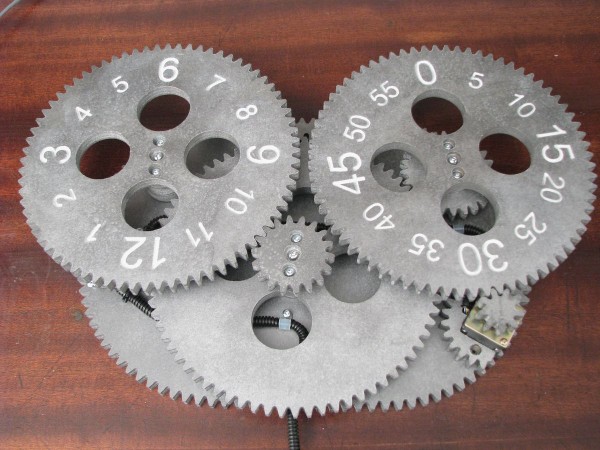I was browsing internet for PIC16F628A related projects and I saw this. This guy came up with an amazing idea. He made some wooden gears, tied them up, and drove with a stepper motor from a floppy drive, and turn it into a Gear Clock. The stepper motor is controlled by a PIC16F628A Microchip that also keeps track of time. You can set time with the help of two switches that control clockwise and anti-clockwise motion of the minute gear. If both the switches are pressed, the stepper motor is de-energized and the minute gear is free to rotate by hand.
Source: http://alan-parekh.com/projects/gear-clock/

Comments
Post a Comment